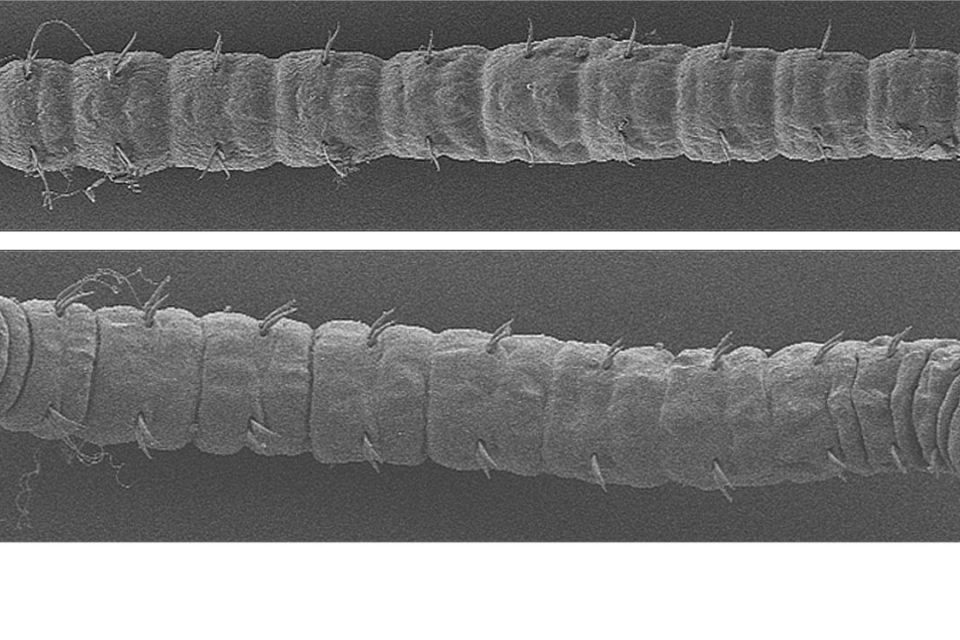Blogs matching the STADIS hub
Category: STADIS

New year – new name; FEZ is now CEG
As written in our last blog of the advent calendar, we had many changes already last year with a new group leader and a new group webpage, which we is still develop further this year. However, another change becoming effective this year is that we change the name […]

Door 2: Mitochondrial genomes and why they are so great
The mitochondria is the organelle within the cell which is regarded as the cells “power house”. This is because they play a crucial role in energy production through oxidative phosphorylation. Within the mitochondria, the mitochondrial genomes, also referred to as mitogenomes, are found. The mitogenomes are small circular […]

The mitochondrial gene order of Annelida – extremely old, but still working
Mitochondria are the energy plant of our cells. Originally, they were bacteria, but then they were captured by the ancestors of eukaryotes (among others all animals, mushrooms and plants) and used to produce energy for the cell. This is also known as the endosymbiotic theory. An inheritance from […]

Group of the month: Parergodrilidae (Annelida)
This month’s ”Group of the month” is a bit of shameless self-promotion. I will present an animal group today, where we conduct quite a lot of research on. However, it is nonetheless really interesting and worth to learn more about it. The family Parergodrilidae belongs to the annelids […]

Door 11: How can hybrid incompatibility collapse enlighten hypotheses about stasis?
Today, I would like to present to the paper by Tianzhu Xiong and James Mallet about “On the impermanence of species: The collapse of genetic incompatibilities in hybridizing populations” in Evolution. The topic of the paper is not my area of research, which are deep level phylogeny, evolutionary […]

Door 3: How stable can a genome be?
The answer to this question may lay in the paper I am presenting today and at some level genomes seem to be very stable. It was probably one of the most discussed papers at the museum this year. It was the topic of several journal clubs and shows […]

Scientists in Action (SNAC)
Black coffee but also cookies, nuts, chocolate and fruits – certainly highly appreciated ingredients to support lively scientific discussions. This is also true for the recent SNAC discussions of scientific staff at the Natural History Museum Oslo (NHM). Lively discussions – isn’t that the normal default for scientists? […]

Stygocapitella – an incredibly old worm found beneath your beach towel
Species of the genus Stygocapitella belong to the ringed worms, also known as Annelida. Annelids are worms like earthworms, lugworm or christmas tree worms, but also leeches or very tiny worms living in the spaces between the sand grains, called the interstitium. Such an interstitial group of worms […]

What causes species not to change despite ongoing evolution?
Cryptic species have for long time been considered as purely a taxonomical challenge. However, in the last decade it has been shown that their recognition has also consequences for several other biological disciplines. Recently, their importance for understanding certain evolutionary processes has been highlighted. Most prominent among these […]

The first defense
The FEZ group has only recently been established and hence so far we had no PhD student graduating from our group. This year was the premiere. Jose successfully defended his thesis with much appraisal by his opponents. Given the circumstances of this year it was a digital one […]